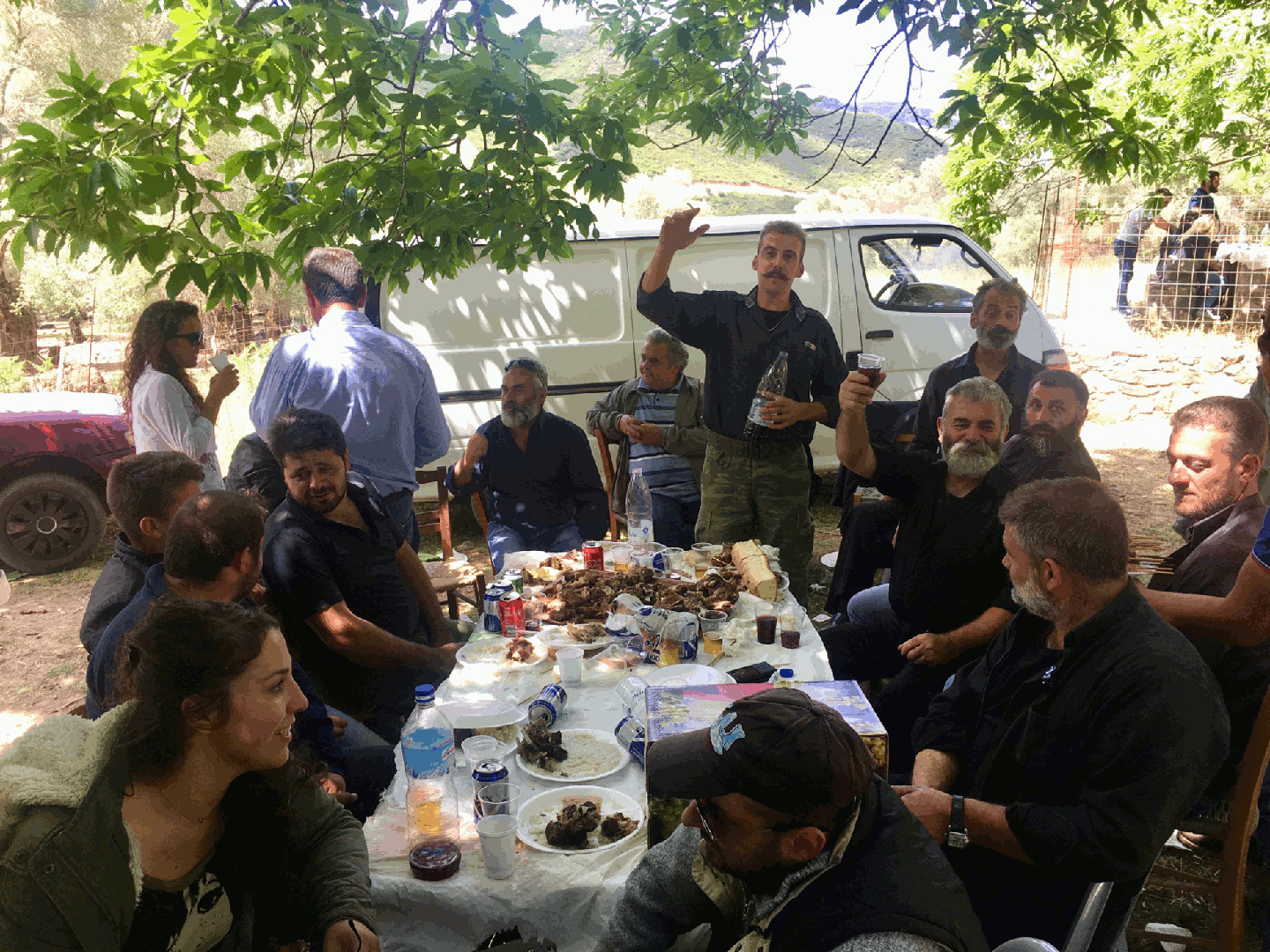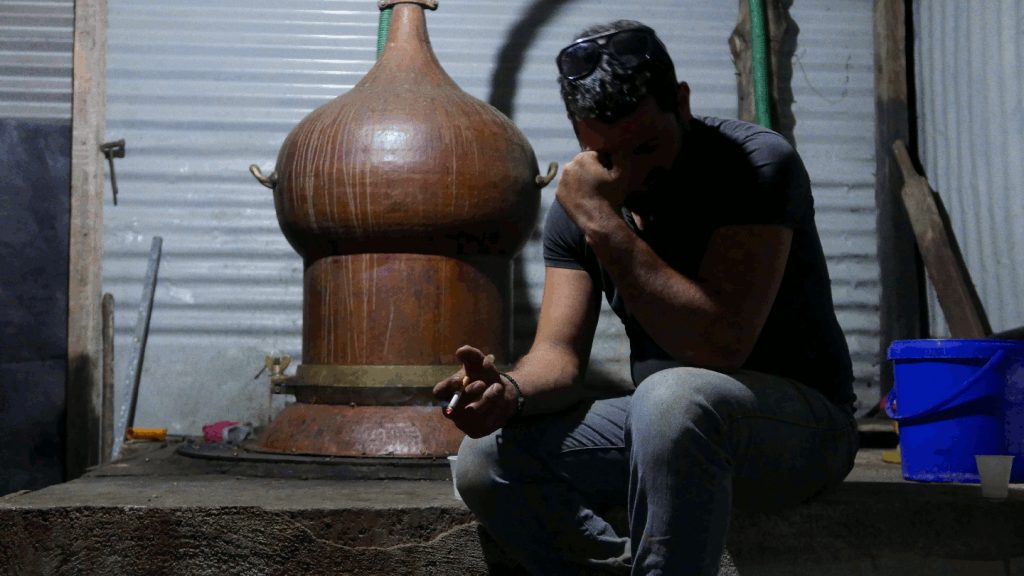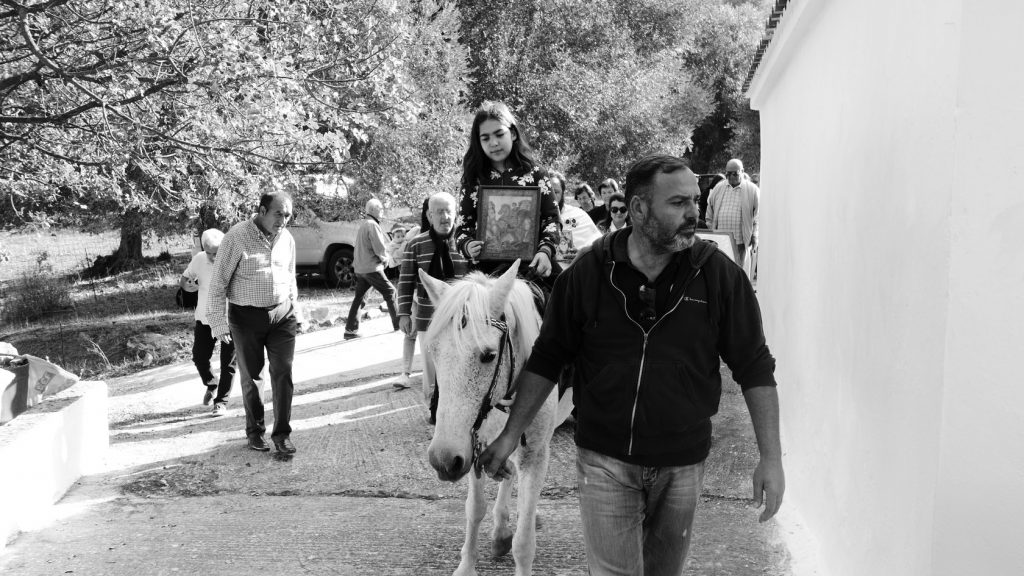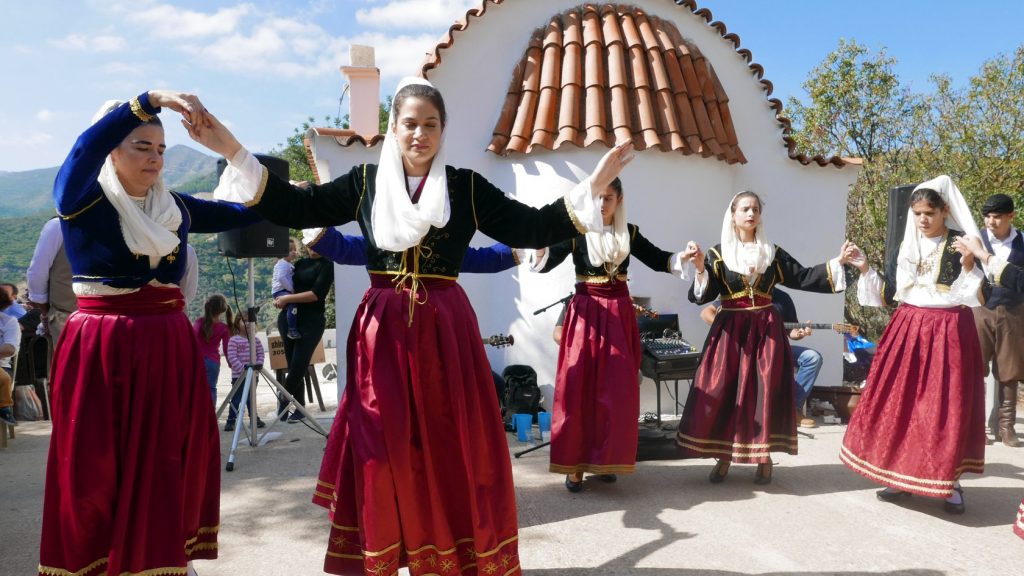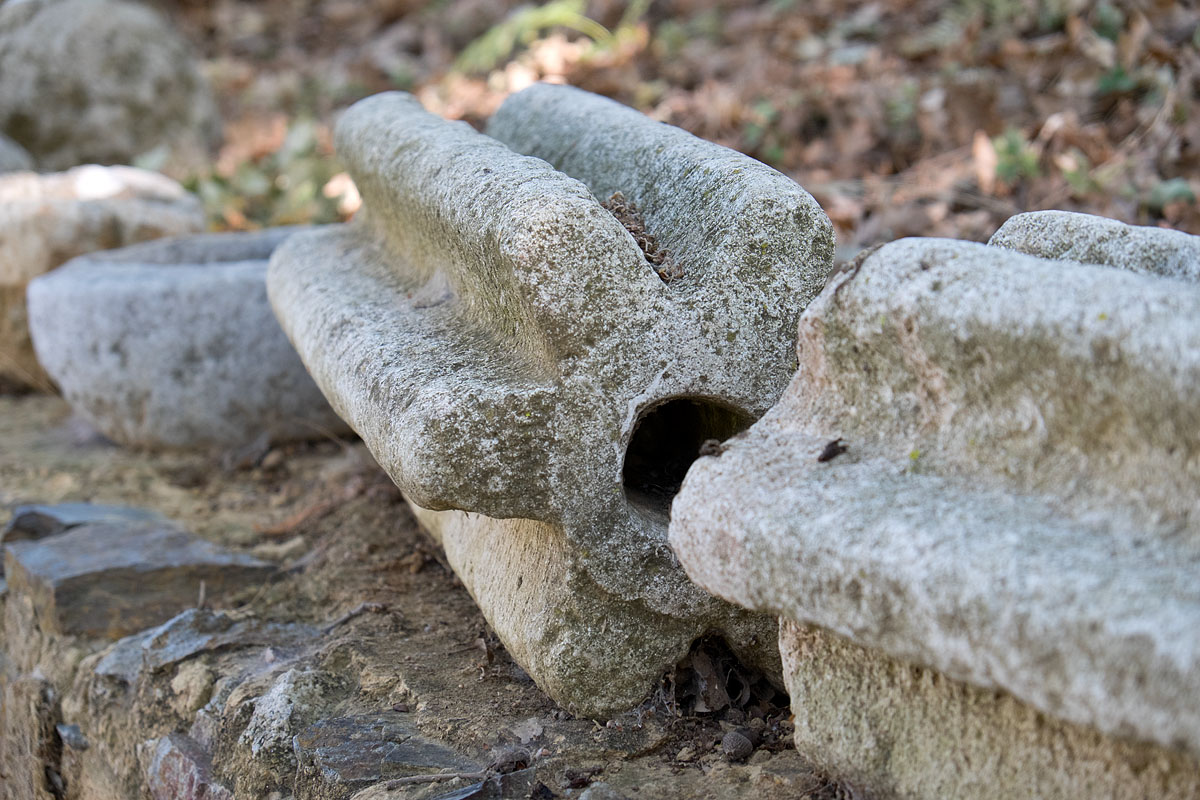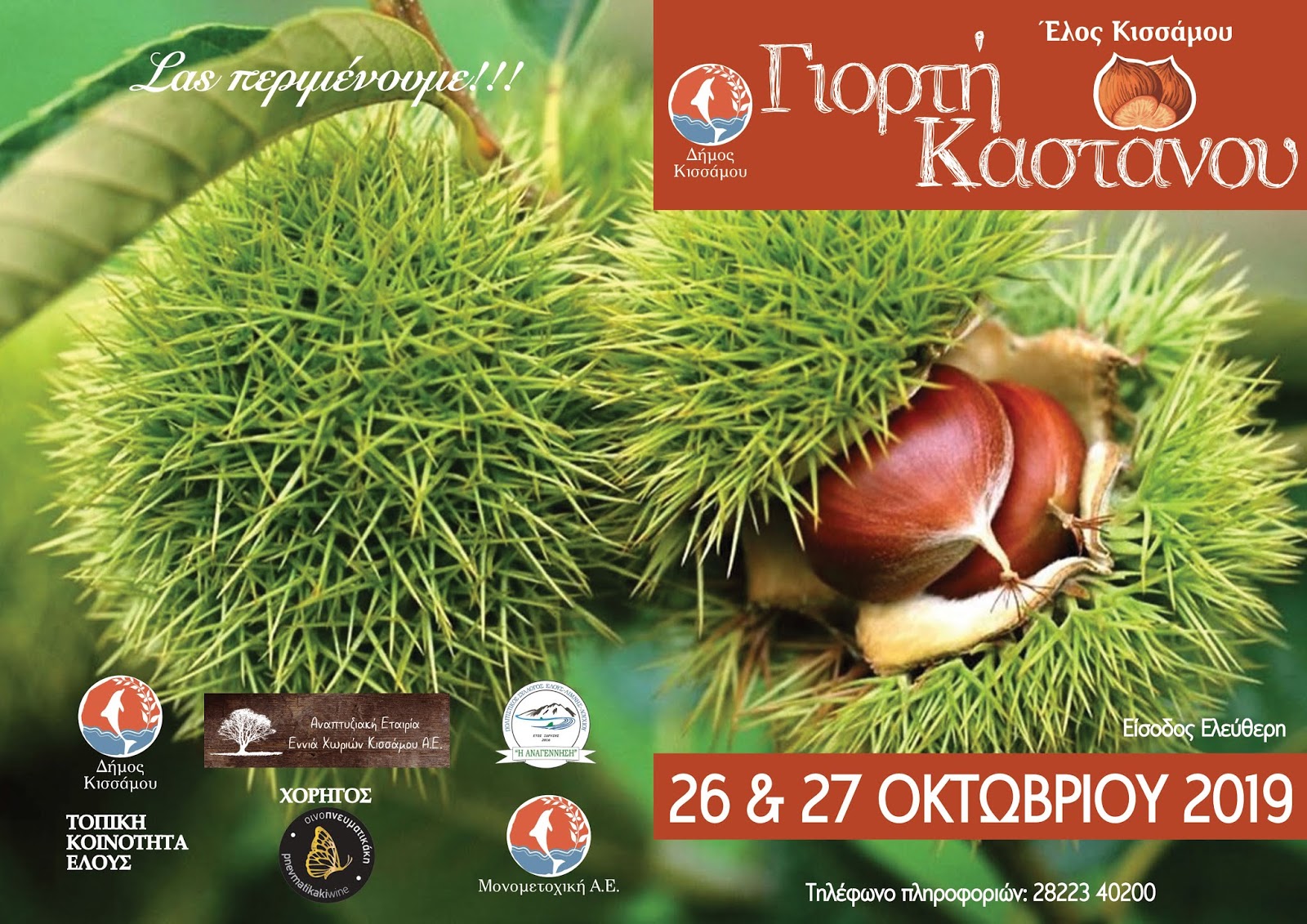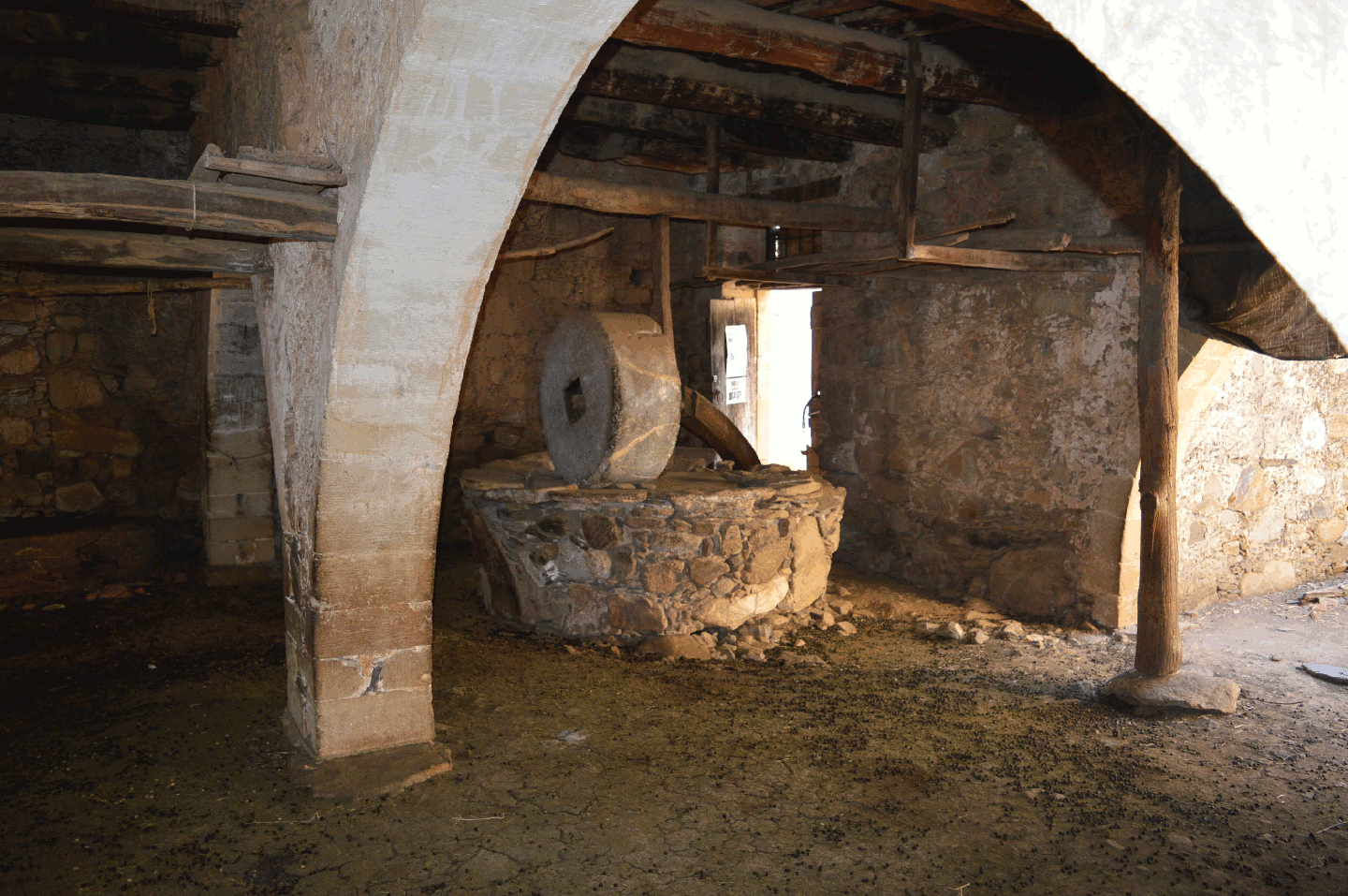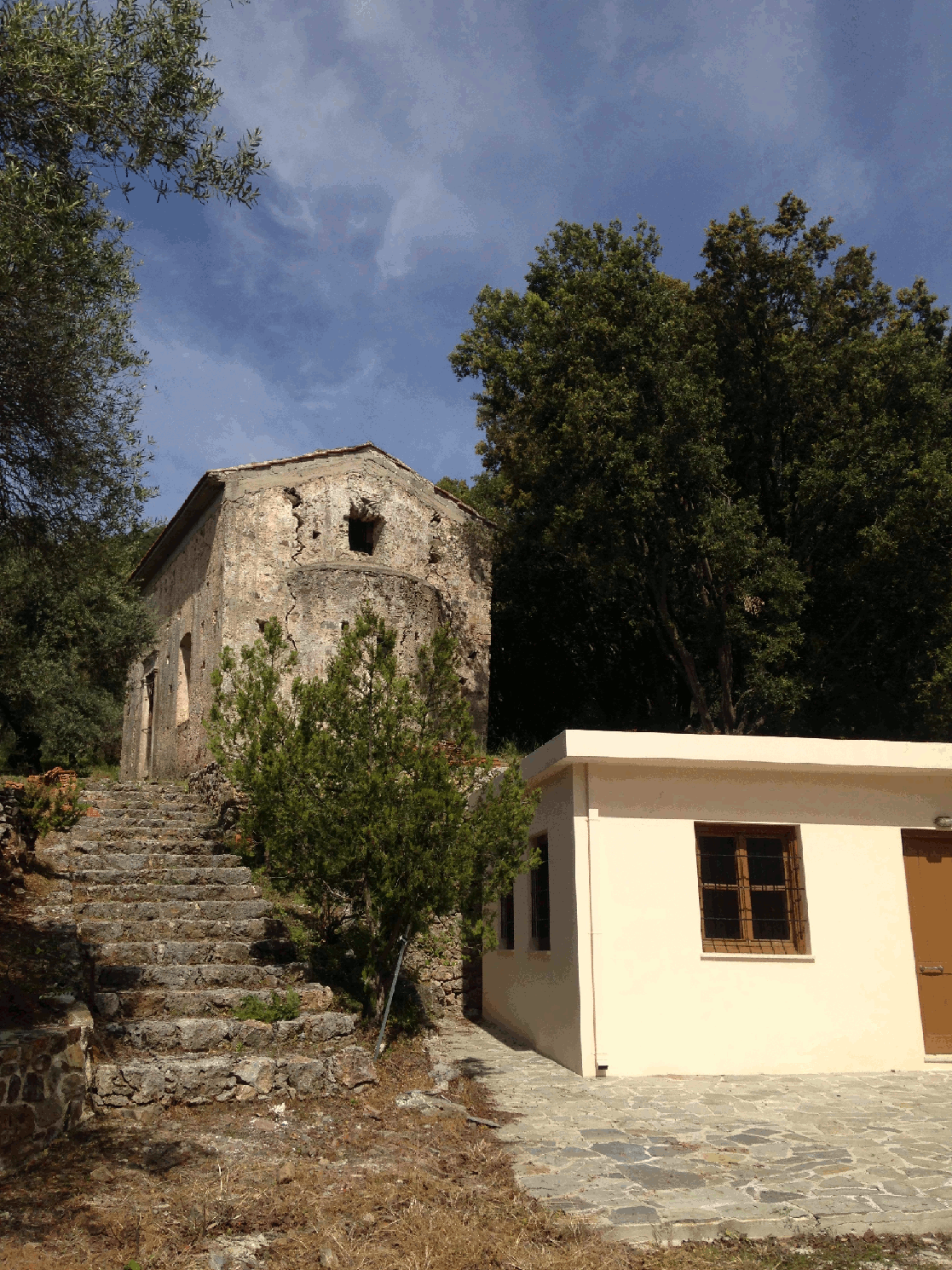Greece is placed amongst the most privileged countries of the world and has always been the destination for those who seek authenticity; be it culture, cuisine, wine or the unique genuine hospitality which the Greeks all show to their guests. During the mid-eighteenth century the islands attracted a number of European travellers whose writings, drawings and paintings have given us volumes of varied accounts of life during those periods of time. The Grand Tour, as it was known, was only for the privileged few. Mainly the rich gentry of Britain, Belgium, France, Italy, Austria and Germany. Most of who were artists, poets and archaeologists. All of the ancient sites were of interest to them Athens, Olympia, Delphi, Corinth, Sparta, Delos and Thebes along with the island of Crete were top of their priorities list and of course played a significant part of Greeks ancient history.
Homer in the Odyssey spoke about offering guests hospitality. This is as strong today as it was in ancient times. The visitor to the island, irrespective of colour, creed, nationality or wealth, will always be made welcome. The door will always be open, an extra plate laid at a table, a drink for a stranger, these things will await all travellers to these shores.
For many years the typical description of the male Cretan character has been his strength, perseverance and ability to overcome any obstacle. Heroic, virtuous and honourable men with a lively wit and vivid imagination with an exceptionally dogged urge for freedom. Cretans are a proud and independent people and their behaviour reflects their long history and their struggles against occupying forces. Friendship is believed extremely important – second only to family. The true Cretan people are among the tallest in Europe, which can be seen in the isolated mountain areas where the population has remained unchanged by outside influence.
Cretans are seen by the world as always being dressed in black baggy breeches and fringed kerchiefs and gun toting wild-men where moderation is scorned, rustling, blood feuds, marriage by abduction, three-day festivals, rather than the standard one, they are courageous and confrontational against hopeless odds. Whilst the latter might be very true the traditional ‘all black’ outfits are today worn only by the older men of the village or brought out on high days and holidays. Today in the same way that Zeus became ‘Xenios’, the protector of visitors, Cretans will generously offer his hospitality to every stranger who wishes to honour his sacred land, share with you whatever they have, making you feel at home.
The ‘Filoxenia’ friendly welcome has been passed on through generations in the thought that nothing belongs to the Cretan. His home is all of Crete and its land, and none of it has any boundaries.
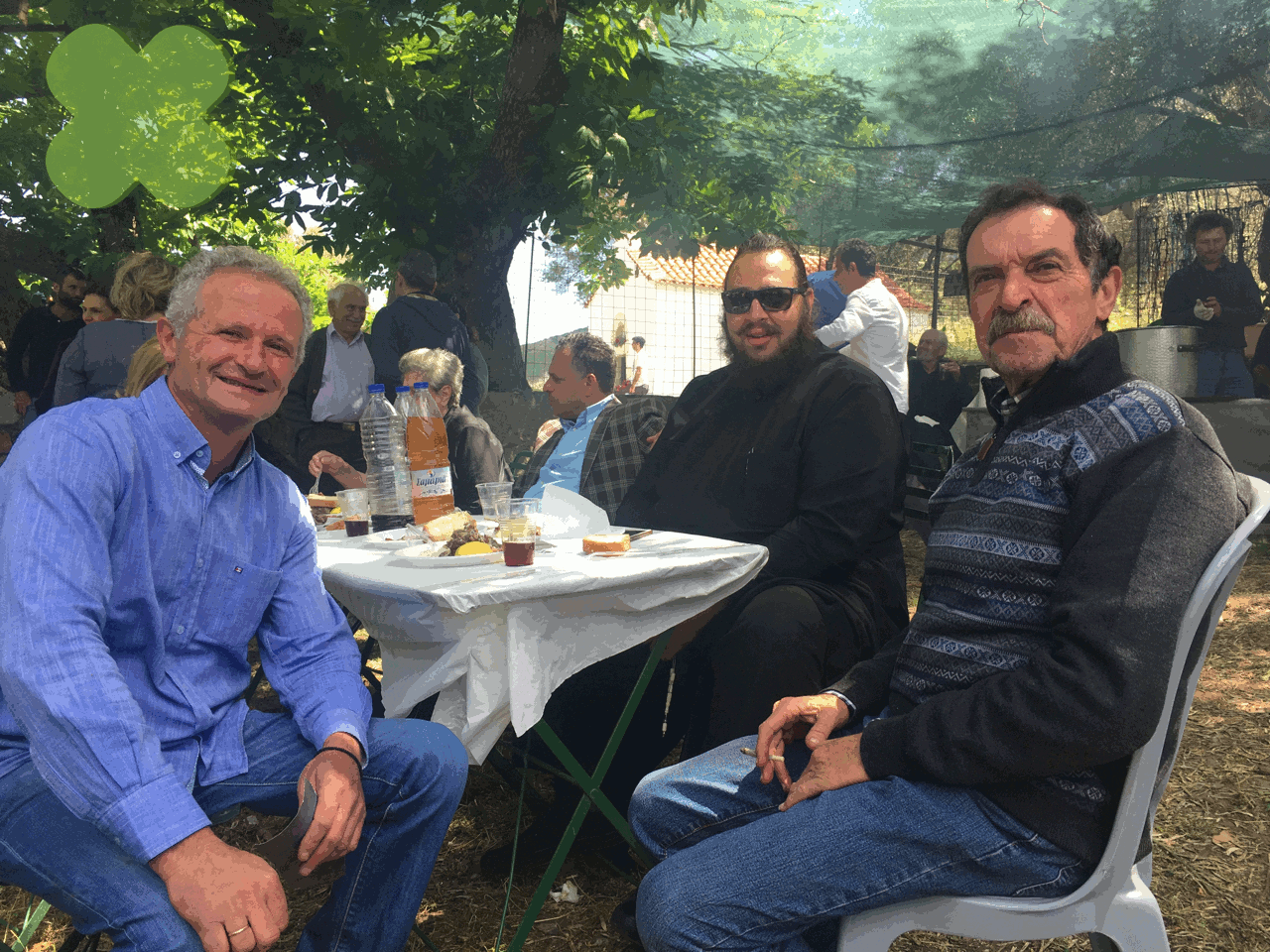 The history of the island is reflected in its buildings from the superb Minoan palace of Knossos, the archaeological sites of Phaestos, Gortys and Ayia Triada, and the grand Venetian harbours of Hania, Rethymnon and Heraklion. Turkish minarets (minarets are generally tall spires with onion-shaped crowns, usually either free standing or much taller than any surrounding support structure) and traditional Cretan villages. Crete is virtually a country in its own right, many of its residents view themselves as Cretan first and Greek second, giving the island a rich and distinct character. The long occupations and intermingling southeast Europe, Asia Minor, has created a dialect of the Greek language, spoken by more than half a million people in Crete and many thousands in the ‘diaspora’. The Greek diaspora is a term used to refer to the communities of Greek people living outside of the traditional Greek homelands worldwide, they can be identified as those who themselves, or whose ancestors, migrated from their homeland. But in general most of the population utilised the standard modern Greek language, there are distinct differences in the way certain consonants sound in the Cretan dialect, and certain Greek words are different. Besides the vocabulary differences, spoken Greek in Crete is also distinguished by its distinct accent. The development of the Cretan dialect is due to the relative isolation of the island, it shares characteristics with the Greek spoken in Cyprus and other southern Aegean islands. Sounds like ‘ch’ and ‘sh’ for example have a different sound in Crete than in modern Greek, as they acquire a listing softness and sound like ‘k’, ‘h’ and respectively.
The history of the island is reflected in its buildings from the superb Minoan palace of Knossos, the archaeological sites of Phaestos, Gortys and Ayia Triada, and the grand Venetian harbours of Hania, Rethymnon and Heraklion. Turkish minarets (minarets are generally tall spires with onion-shaped crowns, usually either free standing or much taller than any surrounding support structure) and traditional Cretan villages. Crete is virtually a country in its own right, many of its residents view themselves as Cretan first and Greek second, giving the island a rich and distinct character. The long occupations and intermingling southeast Europe, Asia Minor, has created a dialect of the Greek language, spoken by more than half a million people in Crete and many thousands in the ‘diaspora’. The Greek diaspora is a term used to refer to the communities of Greek people living outside of the traditional Greek homelands worldwide, they can be identified as those who themselves, or whose ancestors, migrated from their homeland. But in general most of the population utilised the standard modern Greek language, there are distinct differences in the way certain consonants sound in the Cretan dialect, and certain Greek words are different. Besides the vocabulary differences, spoken Greek in Crete is also distinguished by its distinct accent. The development of the Cretan dialect is due to the relative isolation of the island, it shares characteristics with the Greek spoken in Cyprus and other southern Aegean islands. Sounds like ‘ch’ and ‘sh’ for example have a different sound in Crete than in modern Greek, as they acquire a listing softness and sound like ‘k’, ‘h’ and respectively.
Since antiquity the economy of Crete has been based on agriculture, and is still the forerunner in the economy stakes, with horticultural produce and vegetables of the highest quality being grown, and an excellent shipping trade. In the towns of the island men either ran the government or were involved in one way or another with politics, manufacturing or trade. Others became sailors or fishermen or spent their time in the fields, overseeing or working the crops and hunting. Over the centuries trading and commerce began to take quite a back seat. So much so that in the early 19th century farming was the island’s principal industry. Most of the land was owned by the gentry with large estates and the church maintained large areas around the monasteries which were worked by tenant farmers. In the lower lands the main products were high-quality olive oil, citrus fruits, grapes, wine, honey, dried fruits such as raisins and nuts, vegetables herbs and herbal infusions.
In complete contrast were the mountain men, as in any mountain region the life of the shepherd has changed little over the centuries. The means of transport however may have differed, but for the mountain men of yore home was a hut on the rich upland pastures were they reigned. He built his own hut out of stone, preparing the milk from their flocks of sheep and goats to make his own butter and cheese which could take up hours everyday. He would then wander daily with his flock.
Born free, he decides where he will go. Each shepherd has his dogs with him and each herd of sheep or goats having their own identification noise known as ‘the symphony of bells’. There is always something special about a large number of animals on the move as they wind up or down the narrow footpaths to and from their pasture areas.
Still today the going is hard but specific modern methods and nutrients have helped in the agricultural fields. Stock breeding still continues to be carried out using the more traditional methods, mainly sheep and goats which graze in small herds on upland and mountain pastures. A lot of families in the villages rear their own rabbits and often a pig for their own consumption, and of course a remarkable amount of chickens, all entirely free range.
In the cities the aristocrats were well educated, and dressed in the latest European fashion. They had plenty of freedom outside the home and would visit each others’ homes for tea, attend dances and later listen to poetic readings which for them was the main form of entertainment. The middle class developed slower and of course copied the aristocratic ways.
Both classes were able to boast about their housekeeping abilities and etiquette. They were allowed a good deal more freedom, unaware of the harsh farming life of village men and women.
Crete’s village, plains and mountain women had very limited freedom outside the home and were of course the hardest done-by. They would attend weddings, funerals, and some religious festivals, and visit female neighbours. Their job was to run the house, to bear and look after the children, as well as working in the fields and vineyards. There was no part of the farm work which did not involve her.
With the introduction of European ready to wear style clothes even the village women stopped using the loom. Being free from the need to weave all of the family’s clothing allowed her to concentrate more on the decoration of her home. Embroidery, crochet and lace making became the style of decoration for curtains, table clothes, bed linen and covers, even rug making gave the home a neat and caring look. However this modern way of life did take away something quite precious, the local peasant dress. This became virtually obsolete. The traditional Cretan attire for woman was simple and varied from region to region. On top of the dress an embroidered apron ‘brostopodia’ fastened around the waist, and the head was often covered by a scarf ‘tsemberi’. Women also wear low heel boots called ‘stivania’ or high heel black shoes.
The Anoyia Costume consisted of a red draped half skirt, ‘a sartza’, worn over white ‘vraka’ type trousers. Tied around the waist the woman wears an embroidered double apron again called a ‘brostopodia’. She also wore a jacket in dark coloured felt richly adorned with gold embroidery.
Tied around the head the woman wears a ‘skoufoma’ a red kerchief decorated with a cotton fringe. A red wool sash is worn around the waist and a knife with silver sheath is tucked into the belt. This knife indicates that the woman is betrothed or married. Around their necks they all work a necklace of cold coins.
The men’s clothes also changed from area to area. ‘Vraka’ baggy trousers worn in the central and eastern regions of Crete are usually longer and wider than those of the western regions of Crete. The men’s clothes were also simple and consisted of dark coloured breeches ‘kilotes’, a black shirt and a waistcoat and ‘stivania’ boots either black or white.
Some wore a black kerchief for the head others a fringed headscarf, often a black fez or turban as well as an embroidered fringed cummerbund for the waist, which he tucked the famous Cretan dagger hidden in its sheath the ‘basalis’. The bride groom would offer his fiancée, a small silver sheathed dagger, the ‘argyrobounialaki’. This small dagger, which was part of the Cretan women’s costume, was worn by the Cretan girl on her waist which was tucked inside her silk sash, exactly as men wore their own.
Daughters stayed at home until they were married. Like their mother, they could attend certain festivals, funerals and visit neighbours and friend but their job was to help their mother and learn all that was required to make her a good wife. The young boys also stayed at home helping in the fields and spending lots of time sailing, fishing and playing, whittled wooden horses on wheels that could be pulled on a piece of string, and yo-yo’s were a great favourite. They did have some pets such as song birds, dogs, tortoises and goats. Cats, however, were not kept as pets for many years, but left to roam wild keeping vermin and snakes at bay.
When a child was born to ancient Greek families the father would carry his child in a ritual dance, around the house. Friends and relatives sent simple gifts including rattles, small clay animals and terra-cotta dolls. The family would decorate the doorway of their home with a wreath of olives for a boy or a wreath of wool for a girl. Nothing has really changed with this ritual other than the wreaths and the father now carry’s their child rather than dance around the hospital ward or home. Nonetheless, proud fathers will still hold their child up high and gifts are lavished on the child but are no longer simple. Today as in ancient times the Cretans consider their children to be ‘youths’ until they reached the age of 30!
Much of Greek family life centered around the courtyard of the house. One favourite activity was to gather in the courtyard, which was always in the shade of a large tree or grapevine, to hear stories and tales told by the mother or father or older relations. The women would chat and sew or crochet and knit, particularly the long socks and hats made of sheep’s wool. Most meals were eaten in the courtyard. Cooking equipment was small and light and could easily be set up there, in the winter the cooking was done on top of the fires which were dual purpose or for the lucky ones stoves.
In and around the villages the soil was not very fertile, systems of irrigation and crop rotation helped solve that problem. Lack of a regulated water supply often forced the women to carry water in ceramic pots on their heads from a central tap or well. Later cisterns and tanks were built to meet the individual needs of the villagers. They grew olives, grapes, and figs. They kept goats, for milk and cheese. In the plains, where the soil was richer, they also grew wheat to make bread. Fish, seafood, and home-made wine were very popular food items. Meat was rarely eaten, and was used mostly for religious occasions.
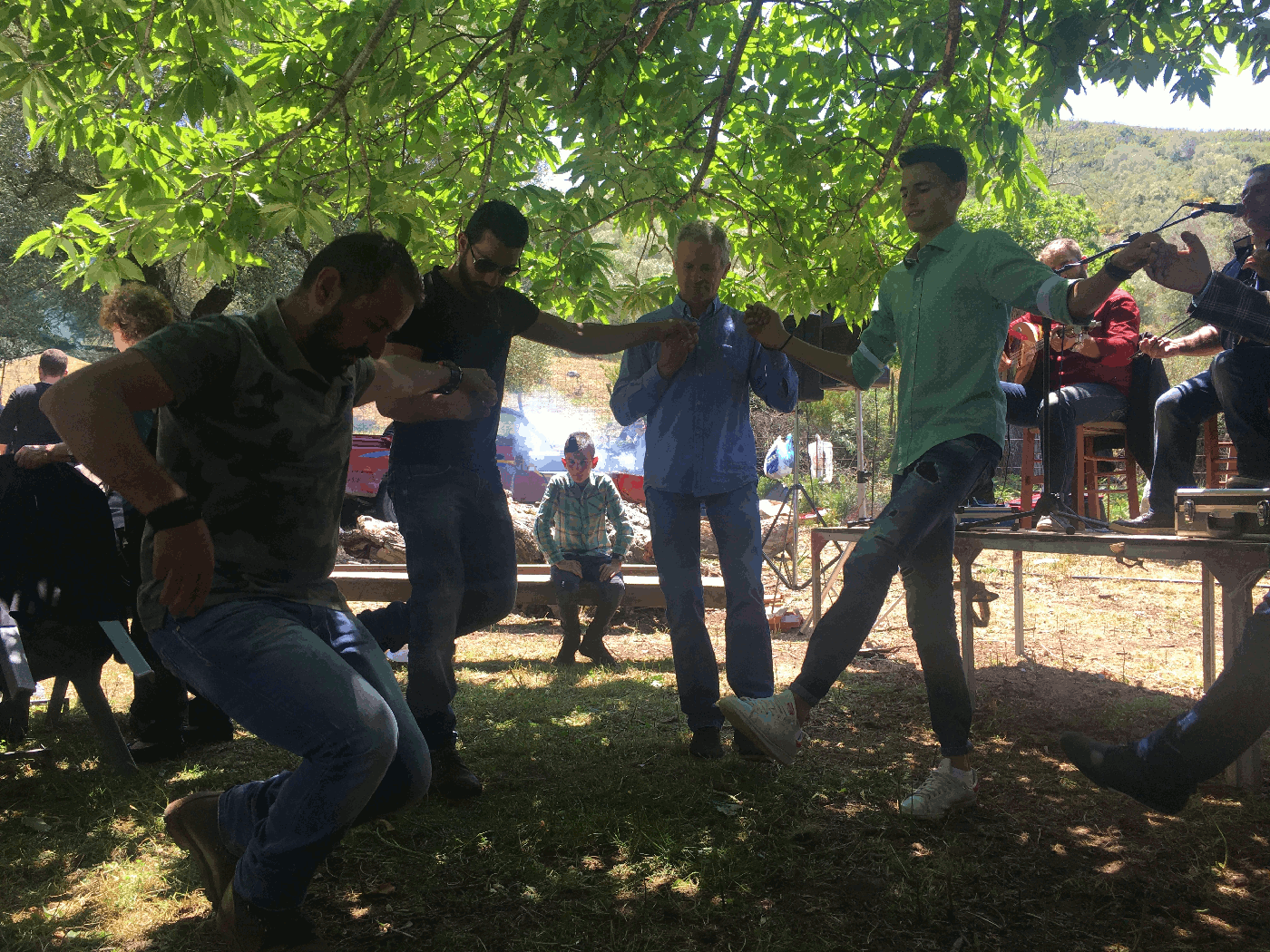 Greeks believed that dance improved both physical and emotional health. Rarely did men and women dance together. Some dances were danced by men and others by women. There were more than 200 ancient Greek dances, comic dances, warlike dances, dances for athletes and for religious worship, plus dances for weddings, funerals, and celebrations. Dance was originally accompanied by music played on lyres a three-string instrument with a small bow, similar to a fiddle-bow, lutes ‘lagouto’, an eight – string instrument, like a guitar and ‘chabioli’, a wind instrument played by shepherds and a wide variety of percussion instruments such as tambourines, cymbals and castanets. The ‘askobandoura’ (a bagpipe-type instrument), panpipes, the later the violin, guitar and harmonica and of course the mandolin.
Greeks believed that dance improved both physical and emotional health. Rarely did men and women dance together. Some dances were danced by men and others by women. There were more than 200 ancient Greek dances, comic dances, warlike dances, dances for athletes and for religious worship, plus dances for weddings, funerals, and celebrations. Dance was originally accompanied by music played on lyres a three-string instrument with a small bow, similar to a fiddle-bow, lutes ‘lagouto’, an eight – string instrument, like a guitar and ‘chabioli’, a wind instrument played by shepherds and a wide variety of percussion instruments such as tambourines, cymbals and castanets. The ‘askobandoura’ (a bagpipe-type instrument), panpipes, the later the violin, guitar and harmonica and of course the mandolin.
Through their music they express their feelings of joy, sorrow, love and a passion for life. However, the most popular form of musical expression are songs called ‘mantinada’. These are more of an improvisation than a song but still speak of age old concerns of love and death.
Cretans love dancing and the older styles can still be seen at religious feasts and carnivals in the all areas. There are so many names for these dances, some of the most famous dances are ‘syrtos, pentozalis, sousta and maleviziotis’. The traditional dances express the bravery of Cretan men folk, and were highly influenced by the island’s history. In the most famous Cretan dance the dancers have their arms intertwined at shoulder level a circle is formed and the most skillful join in and take small steps, as the music accelerates, the dancers start to bounce and the ‘Pendozalis’ begins. The dancers dance in an open circle, move away from each other and perform many improvisations and spectacular jumps. ‘Sirtos’ or ‘Chaniotikos’ is danced in a different way from town to town. ‘Sousta’ is a rhythmic, courting dance, danced by men and women facing each other. Men also dance ‘Kastrinos’ or ‘Maleviziotis’ in an open circle.
Source: Onlycrete
PS: Here is a great article about why Cretan man wear black shirts, but it is in Greek.
